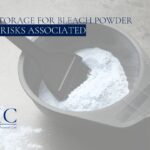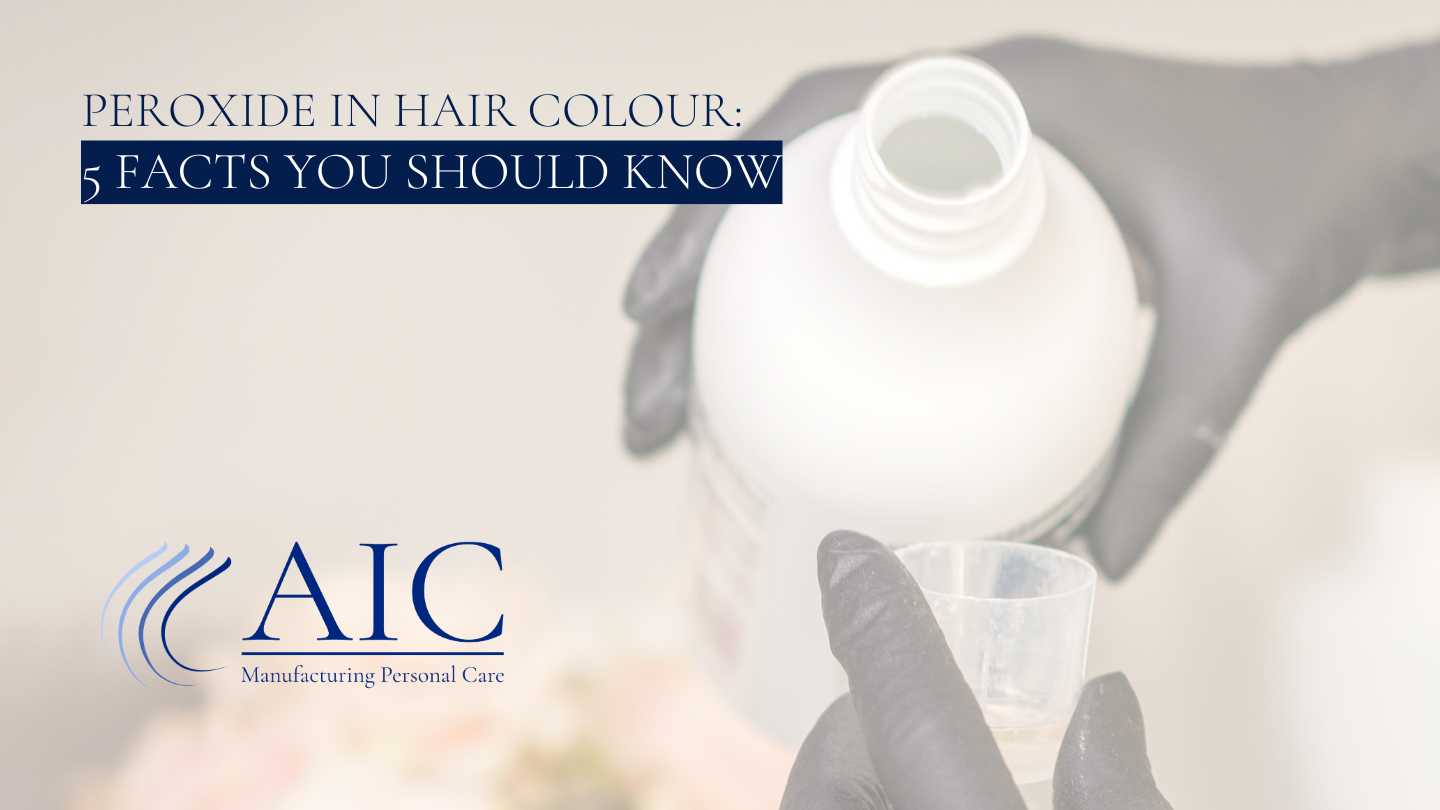AIC establishes itself as the reliable partner for personal care product development, manufacturing, and branding, driven by innovative formulations and superior production quality.
Hair colour transformations can be exciting, opening up a world of personal expression. However, achieving that perfect shade often involves chemical processes, and one of the most crucial ingredients in permanent and demi-permanent hair colour is peroxide, or hydrogen peroxide (H2O2). Understanding its role and potential effects is essential for both industry professionals and consumers. Here are five facts you should know:
1. Lightening Powerhouse: The Science Behind the Lift:
Peroxide’s primary function in hair colour is its remarkable ability to lighten the natural pigment of your hair, in a process known as oxidation. Melanin, the complex biopolymer responsible for hair’s diverse range of colours from black to blonde, resides within the hair’s cortex. When a hair colour formulation containing an alkaline agent (like ammonia or an ethanolamine, often introduced by a hair bleaching powder) is mixed with peroxide, the cuticle (the hair’s protective outer layer) swells and opens, allowing the peroxide molecules to penetrate the cortex. Once inside, the peroxide releases oxygen radicals, highly reactive molecules that target and break down the melanin molecules.
The degree of lightening achieved depends on the concentration of peroxide used and the duration it’s left on the hair. Higher concentrations and longer processing times lead to a greater degree of melanin breakdown, resulting in lighter shades; however may result in more damaged hair. This controlled bleaching action, which includes oxidising the natural colour pigments of the hair, activating the added hair colour dye and the opening of the cuticle, is what allows the deposited dye molecules to penetrate the cortex and become visible, which effectively changes the hair’s overall colour. Without peroxide, permanent hair dyes would simply coat the hair shaft without altering the existing pigment.
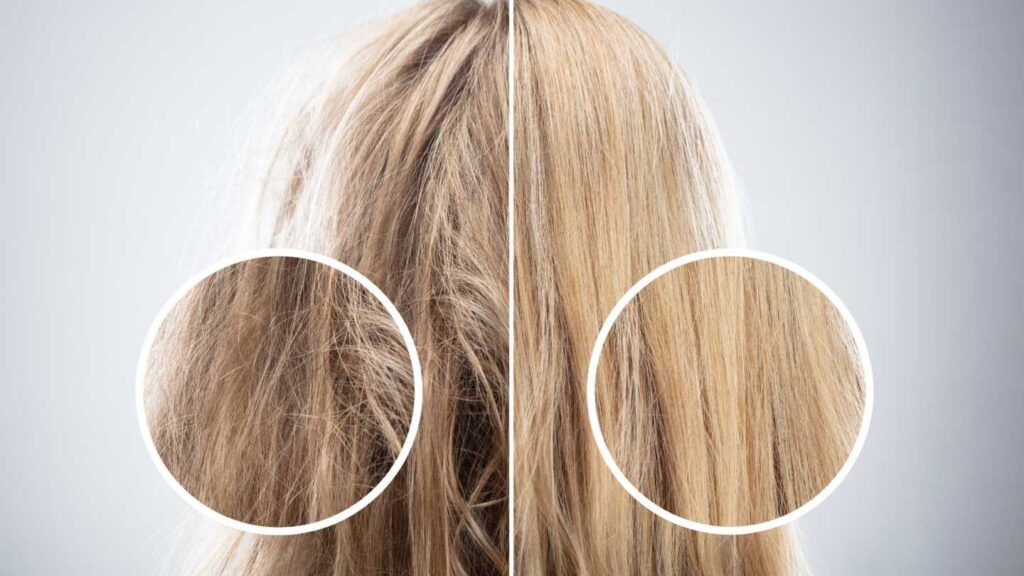
2. Permanent Change: Altering the Hair's Structure from Within:
Hair dyes that utilise peroxide are classified as permanent or demi-permanent due to their ability to create a lasting colour change. This permanence stems from the chemical reactions initiated by the peroxide within the hair cortex. As mentioned earlier, peroxide not only lightens the natural melanin but also facilitates the formation of larger, more complex dye molecules within the hair shaft.
These newly formed dye molecules are too large to simply wash out through the cuticle. Instead, they become trapped within the cortex, bound to the hair’s protein structure. While the artificial colour remains, new hair growth at the roots will naturally display the original hair colour. This necessitates periodic touch-ups to maintain a consistent, all-over colour. Demi-permanent colours also employ peroxide, but typically at a lower volume (concentration). They penetrate the hair shaft less deeply, and the dye molecules formed are slightly smaller, resulting in a colour that gradually fades over several weeks or washes. This makes them a less permanent option compared to permanent dyes, offering more flexibility for those who like to change their hair colour more frequently.
3. Potential for Damage - Understanding and Mitigating the Risks of Peroxide in Hair Colour:
While peroxide is essential for achieving significant colour changes, its oxidative power can also lead to damage if not used correctly. The same process that breaks down melanin can also affect the structural integrity of the hair’s proteins, primarily keratin. The cuticle, composed of overlapping scales, can be lifted and roughened by peroxide, making the hair more porous and susceptible to moisture loss. This can manifest as dryness, brittleness, increased tangling, split ends, and a loss of overall elasticity. The higher the concentration of peroxide and the longer it’s left on the hair, the greater the potential for damage. To mitigate these risks, several strategies are crucial:
- Formulations often include conditioning agents and oils to help protect the hair during the colouring process.
- Post-colouring treatments, such as deep conditioners and hair masks, are vital for replenishing moisture and smoothing the cuticle.
- Professional application by trained stylists who understand the nuances of peroxide levels and processing times can significantly reduce the risk of damage (Lower concentrations cause less damage but may take longer to take effect).
Consumers should always follow product instructions meticulously and consider strand tests before applying colour to the entire head.
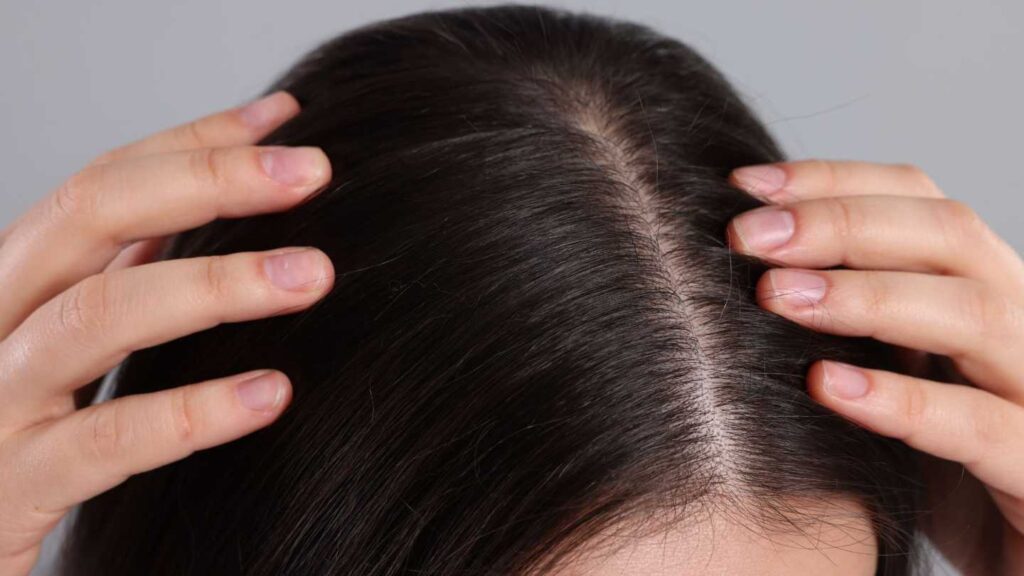
4. Scalp Sensitivity: Protecting the Delicate Skin Barrier:
The scalp, being a sensitive area with a rich network of blood vessels and nerve endings, can react negatively to the chemical nature of peroxide. Direct contact can irritate, ranging from mild redness and itching to more severe reactions like burning, stinging, and even the formation of blisters or scabs, indicative of a chemical burn. Individuals with pre-existing scalp conditions or sensitivities are particularly vulnerable. To minimise scalp irritation, several precautions are commonly employed:
- Barrier creams or oils are often applied along the hairline and to the scalp to create a protective layer.
- Avoiding washing hair for 24-48 hours before colouring can allow natural oils to build up, providing some natural protection.
- Gentle application techniques that avoid direct and prolonged contact of high-concentration peroxide with the scalp are also crucial.
In case of any significant discomfort during the colouring process, rinsing immediately is essential. Formulations designed for sensitive scalps often incorporate lower peroxide volumes and soothing ingredients.
5. Varied Strengths: Tailoring the Lift to Achieve Desired Results:
Peroxide in hair colour is not a one-size-fits-all ingredient. It is available in a range of concentrations, typically expressed in “volumes” or as a percentage. Common volumes include 5 (1.5%), 10 (3%), 20 (6%), 30 (9%), and 40 (12%). The volume directly correlates with the amount of oxygen released, and therefore, the lifting power. Lower volumes like 10 and 20 are generally used for depositing colour, covering greys, or achieving subtle lightening (1-2 levels).
These are less aggressive and cause less damage, and can be left on the hair for longer. Higher volumes, like 30 and 40, are employed when significant lightning (3 or more levels) is required. These have a greater potential for both effective colour change and hair damage, necessitating careful application and monitoring. Understanding the different strengths of peroxide and their appropriate applications is fundamental for cosmetic chemists, product developers, and salon professionals to formulate effective and safe hair colour products and services. Choosing the correct volume based on the desired lift, the client’s hair type and condition, and their sensitivity level is a key aspect of professional hair colouring.
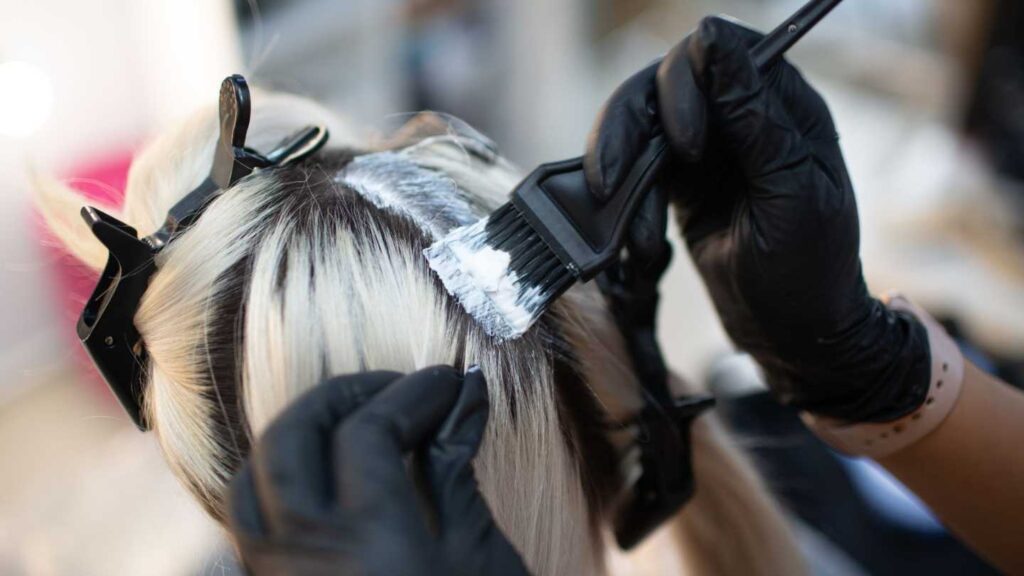
This table summarises these key facts:
Fact | Elaborated Description |
Lightening Powerhouse | Peroxide oxidises melanin within the hair cortex, breaking it down and lightening the hair. The degree of lightning depends on the peroxide concentration and processing time. This allows permanent dyes to deposit colour effectively. |
Permanent Change | Peroxide facilitates the formation of large dye molecules within the hair cortex that become trapped, resulting in permanent colour. Demi-permanent colours use lower peroxide volumes, leading to less permanent results. New hair growth will always revert to the natural colour. |
Potential for Damage | Peroxide can damage the hair cuticle and protein structure, leading to dryness, breakage, and frizz. The risk increases with higher concentrations and longer processing times. Conditioning agents in formulations, like in Antiseptol’s Cream Peroxide range, and post-colouring treatments, like AIC’s Hair Masques, help mitigate this damage. Professional application and following product instructions are crucial. |
Scalp Sensitivity | Direct contact with peroxide can cause scalp irritation, redness, itching, and even chemical burns. Individuals with sensitive scalps are more susceptible. Barrier creams, avoiding pre-washing, and gentle application techniques can help protect the scalp. Immediate rinsing is necessary if significant discomfort occurs. |
Varied Strengths | Peroxide comes in different volumes (concentrations), each offering varying degrees of lightning power. Lower volumes are for depositing colour or slight lift, while higher volumes are for significant lightening. Choosing the correct volume is fundamental in achieving the desired result while minimising damage, requiring expertise in formulation and application. |
AIC: Your Partner in Personal Care Innovation and Quality
At AIC, we deeply understand the science behind hair colouring and the essential role of ingredients like peroxide. Our commitment to high-quality production means we meticulously control the formulation and manufacturing processes to ensure safe and effective products for your brand. We leverage our extensive experience to provide the hair care industry with reliable and innovative solutions, from developing stable cream peroxides and effective bleach powders to offering comprehensive manufacturing services. Our dedicated Research & Development team stays at the forefront of industry advancements, ensuring our clients have access to cutting-edge formulations that meet the demands of the market. Whether you require tailored formulations, unique product development, or large-scale manufacturing with stringent quality control, AIC is your trusted partner.
Contact AIC today!
Ready to elevate your hair care product line with a partner who prioritises quality and innovation? Contact AIC today to explore our comprehensive development, manufacturing, and branding services. Let’s collaborate to create exceptional hair care products that your customers will trust and love.



